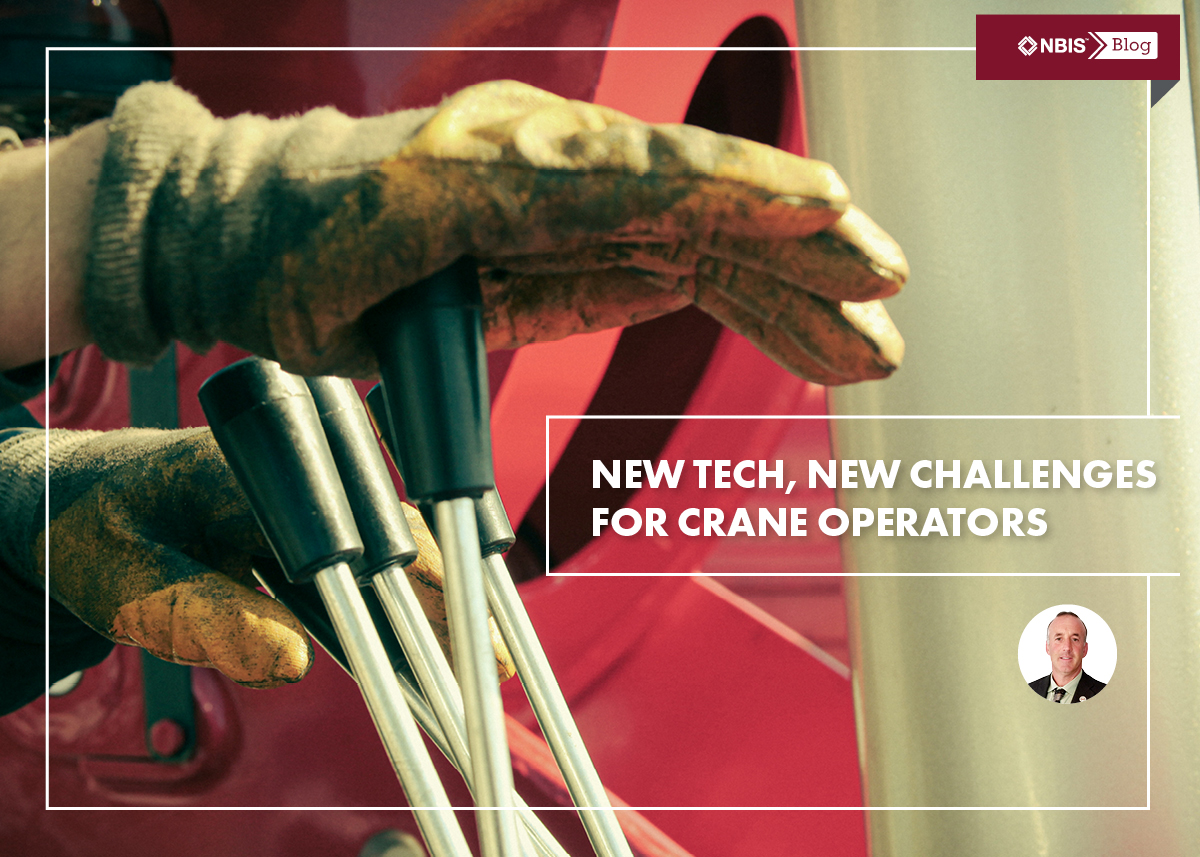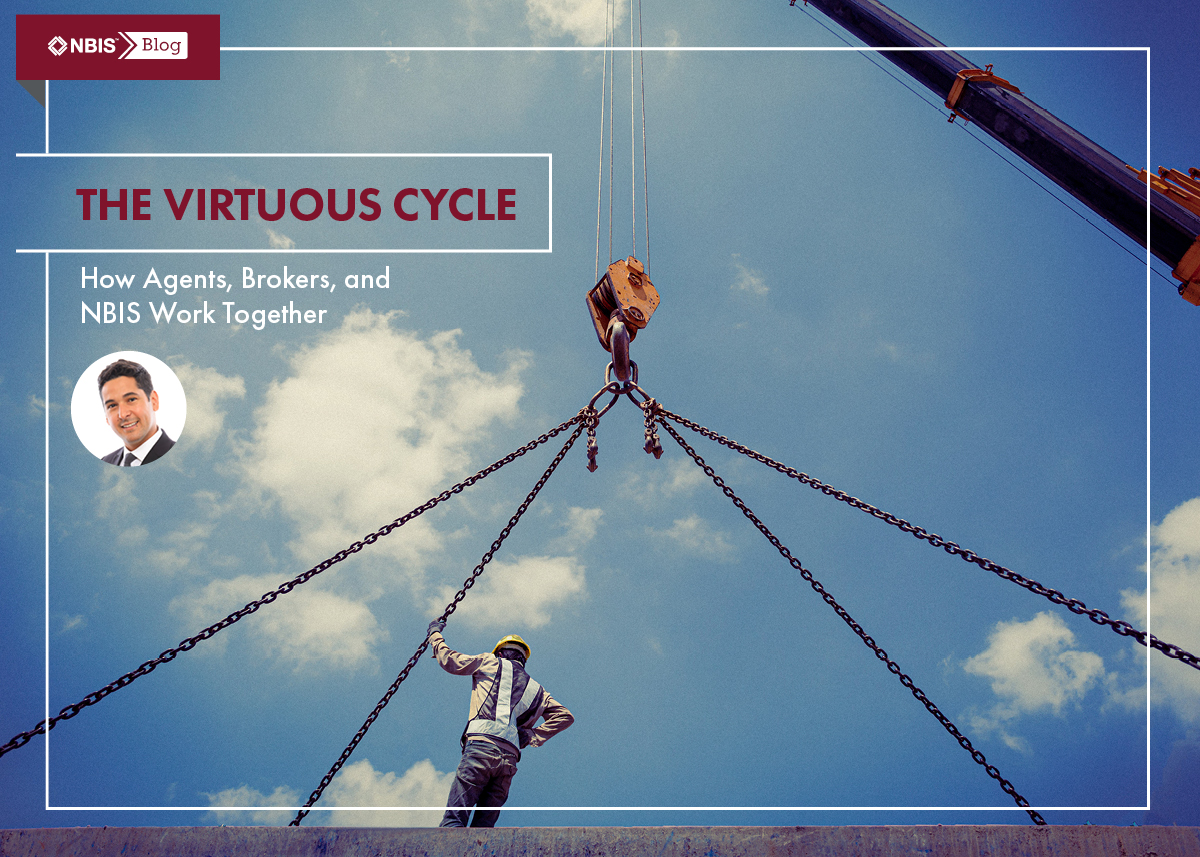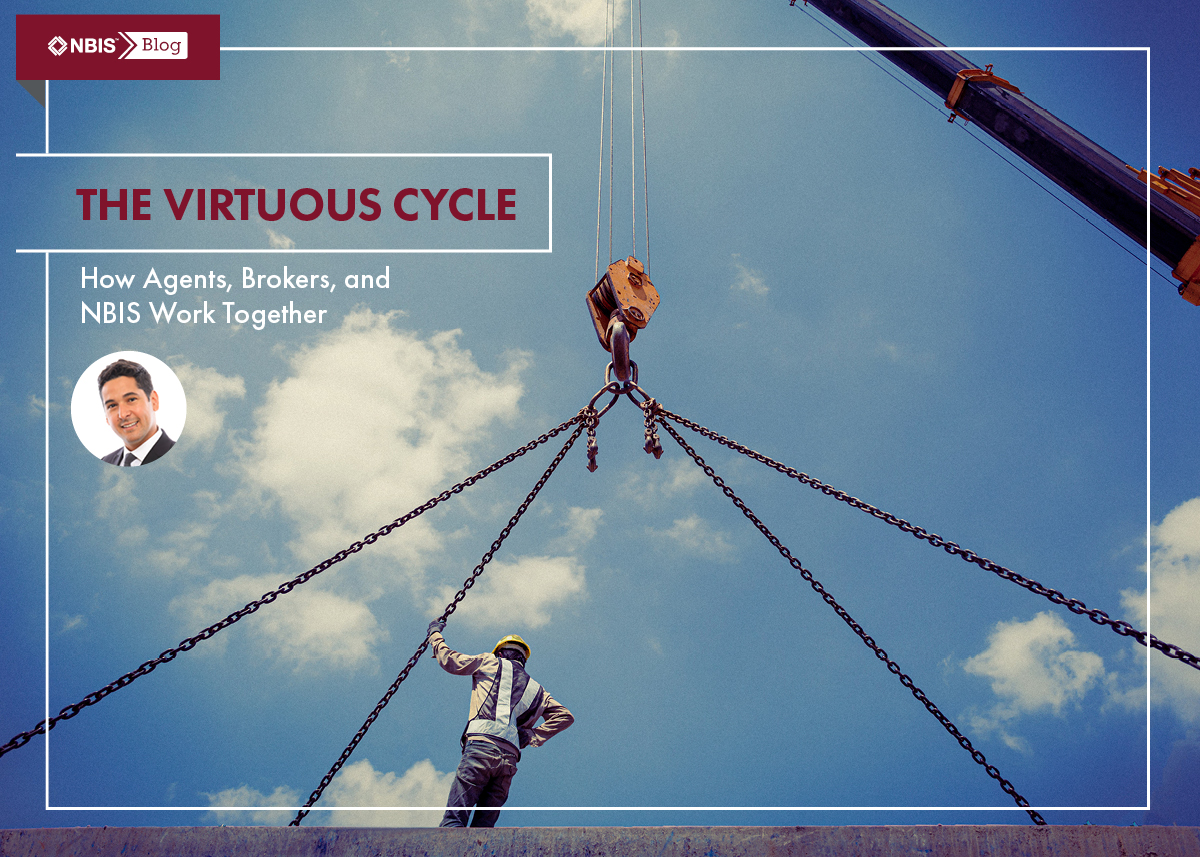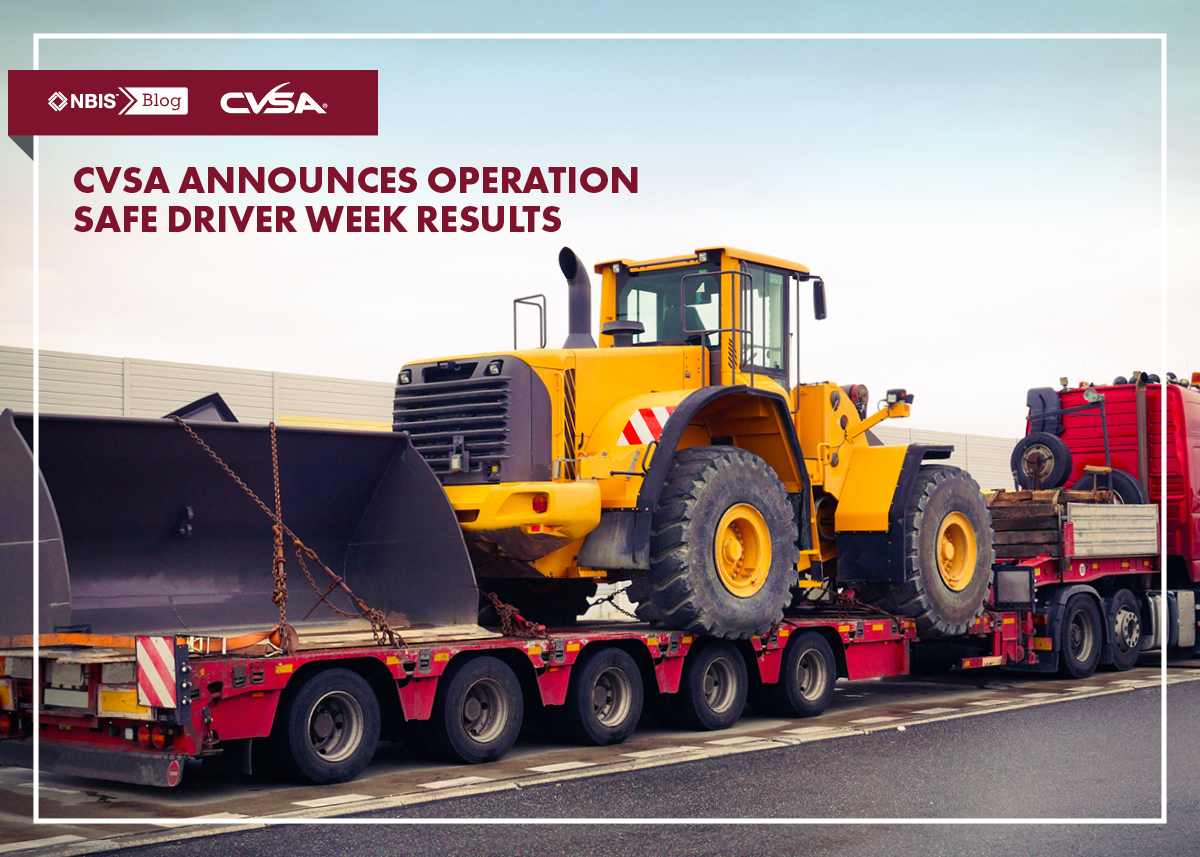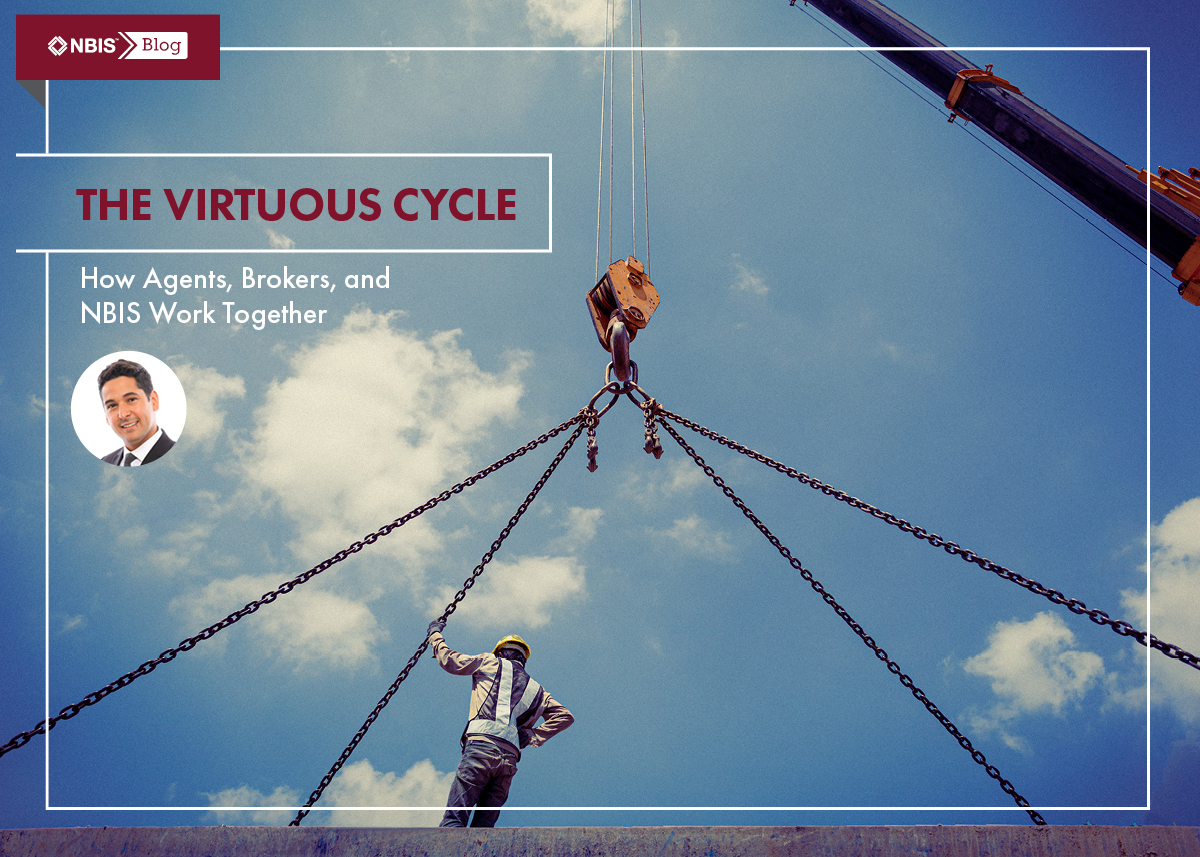By Keith Adolf, AVP Risk Management
Cranes are the workhorses of the construction world. These massive, sophisticated machines lift and move loads of all sizes effortlessly, helping build the world as we know it. They’re essential machines, and as with all machines, there are inherent risks involved when it comes to owning, renting, and operating them. Crane technology evolves and works to create safer equipment.
In recent years, crane technology advancement has accelerated rapidly. For example, one common technology, Load Moment Indicators (LMIs), involves the use of sensing devices that monitor all crane functions and provide the operator with a continuous reading of the crane’s rated capacity.
LMIs continue to become more sophisticated, but they are ultimately meant to assist operators, not replace them. There has also been a rise in better technology for working in tight spaces, allowing cranes to operate with a variety of outrigger configurations despite significant space limitations. Operators can utilize maximum lifting capacity when lifting over outriggers, whether they’re 100% extended or not. The new technology is definitely impressive, and it’s improving the efficiency and effectiveness of cranes in amazing ways.
All that being said, no matter how advanced the technology gets, there is still a human operator at the controls—and always should be. While new tech focuses on removing the potential for human error, it can also lead to passive reliance and thus create new and unexpected risk exposures.
Consider the case of LMIs, which have made calculating load values easier via computer assistance and also made automation commonplace. Despite these advances, operators still need to be able to understand the basic capabilities of the crane. Even if they ultimately defer to the LMI, an operator should be able to read and understand the paper load charts, footnotes, boom mode, line pull, and capacity deductions for the machines they run, just to name a few. This kind of basic familiarity with their crane’s capabilities helps the operator avoid dangerous situations in the first place.
Another thing to keep in mind is using different machines. When the technology gets more sophisticated, it also becomes more specialized and specific to each crane. If an operator, for example, learns on one machine, or spends a majority of their time on one machine, there may be a learning curve to adjust and set up a different LMI system.
Training and education are the best ways for your company to mitigate these potential risks. You can enhance your company’s safety culture beyond the initial operator training and certification courses by utilizing online resources, such as NBIS Online Safety and Health Training courses and vendor partnerships. A well-trained and safety-focused operator will know when to rely on what the tech tells them, and when to rely on their own knowledge and experience with the machines they work with.
Another way to make sure your operators are protecting themselves from risk is to make sure they are following the standards of care for their industry as outlined in the terms and conditions of their work tickets. As mentioned earlier, many modern cranes are able to function when not all of the outriggers are fully extended. However, some job sites might require that no matter what the job is, all outriggers must be fully extended. This type of jobsite requirement and detail should be documented on the work ticket, and the operator must ensure the ticket is signed before work begins. Something as simple as adhering to the company policies, safety standards of care such as ANSI B30.5, and details of the work ticket can protect your operator and your company from risk.
Crane technology will only continue to improve, and the industry will continue to evolve. However, as long as there are humans behind the controls of these machines, the industry will need to focus on training and educating operators. Remember: technology should exist to assist the operator, not the other way around.

